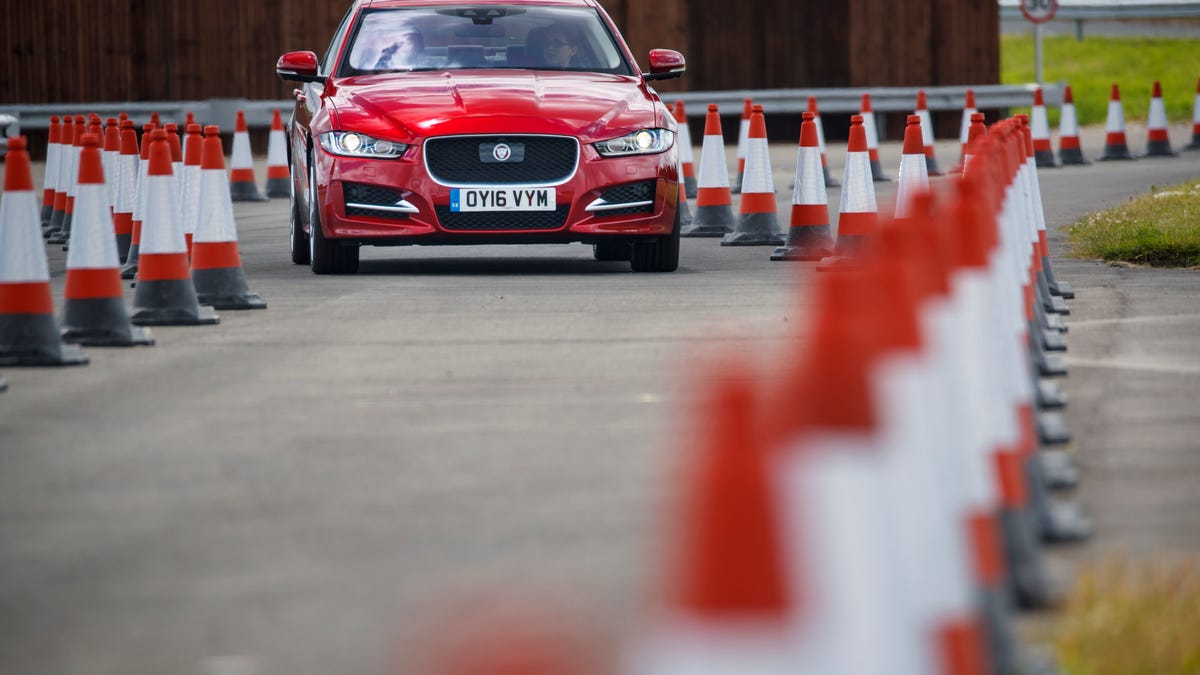Jaguar Land Rover to start testing connected cars, autonomous tech in the real world
Over the next four years, JLR's test fleet should grow to some 100 vehicles.

Most automakers, with the notable exception of one, put their next-generation connected cars through years of development before rolling things out to the public. Jaguar Land Rover isn't about to let everyone pass it by, so it's doing the same, introducing connected and autonomous vehicle development to the English countryside for the first time.
Over the next four years, the automaker plans to create a 100-vehicle fleet for testing its next generation of connectivity. This will include vehicle-to-vehicle and vehicle-to-infrastructure communications, as well as autonomous vehicles. The cars will be driven on a 41-mile test loop, which covers both motorways and urban environments, in and around the Coventry and Solihull areas.
"Our connected and automated technology could help improve traffic flow, cut congestion and reduce the potential for accidents," said Tony Harper, JLR's head of research, in a statement. "We will also improve the driving experience, with drivers able to choose how much support and assistance they need. In traffic, for example, the driver could choose autonomy assist during tedious or stressful parts of the journey."
Some of its burgeoning technologies include Roadwork Assist, which will alert the driver to upcoming roadwork and help keep the driver between the cones. Safe Pullaway won't let you drive straight into a wall by selecting Drive instead of Reverse. Over the Horizon Warning uses V2V tech to let you know what's, you know, over the horizon. Finally, Emergency Vehicle Warning will pick up on broadcasts from emergency vehicles to let the driver know that trouble is ahead.

